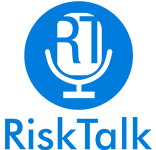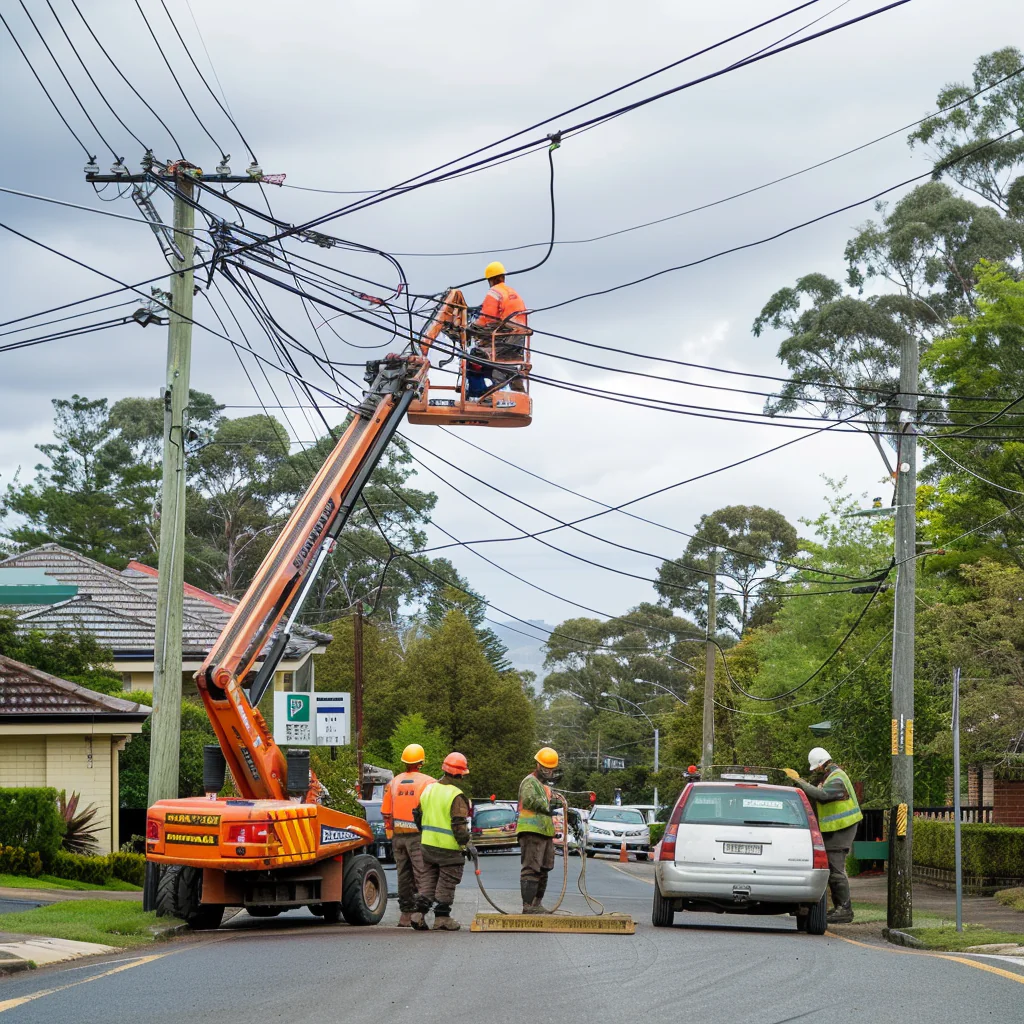In the realm of business operations, safeguarding the workplace against various hazards is not just a regulatory requirement but a strategic imperative. Enterprise Risk Assessment (ERA) in the context of workplace safety is a comprehensive approach that helps organizations identify, evaluate, and mitigate risks to ensure a safe and productive work environment. This blog explores the essence of Enterprise Risk Assessment, the spectrum of workplace hazards, and the frameworks guiding organizations in mitigating these risks effectively.
What is Enterprise Risk Assessment?
Enterprise Risk Assessment in the workplace context is a systematic process used by organizations to identify potential hazards that could harm employees, disrupt operations, or damage assets. It involves analyzing the likelihood and impact of these hazards and implementing strategies to reduce or eliminate risks. By conducting an ERA, organizations can proactively address safety concerns, comply with health and safety regulations, and foster a culture of safety and well-being among employees.
What are Workplace Hazards?
Workplace hazards encompass a variety of risks that can threaten the health and safety of employees. These are typically categorized into several types:
- Physical Hazards: These include conditions that can cause physical harm, such as slips, trips, falls, noise, extreme temperatures, and ergonomic risks.
- Chemical Hazards: Exposure to harmful chemicals, which can occur through inhalation, ingestion, or skin contact, poses significant risks. This category includes toxic, corrosive, and flammable substances.
- Biological Hazards: These involve risks from exposure to harmful biological agents, such as bacteria, viruses, fungi, and other pathogens, which can lead to diseases or health conditions.
- Ergonomic Hazards: Poorly designed workstations, repetitive motion, and improper handling techniques can lead to musculoskeletal disorders and other ergonomic-related injuries.
- Psychosocial Hazards: Stress, workplace violence, harassment, and long working hours fall under this category, impacting mental health and well-being.
Enterprise Risk Assessment Frameworks
To effectively manage workplace hazards, organizations employ various risk assessment frameworks that provide a structured approach to identifying, analyzing, and mitigating risks:
- COSO Enterprise Risk Management Framework: This comprehensive framework can be adapted to focus specifically on workplace safety, integrating risk management practices into all aspects of an organization’s operations.
- ISO 45001: This international standard provides a framework for occupational health and safety management systems, helping organizations improve employee safety, reduce workplace risks, and create better working conditions.
- OSHA Guidelines: The Occupational Safety and Health Administration offers guidelines and tools for conducting workplace risk assessments, focusing on identifying and controlling hazards to prevent injuries and illnesses.
By adopting these frameworks, organizations can establish a systematic approach to managing workplace hazards, ensuring that all potential risks are identified, assessed, and controlled.
Best Practices for Workplace Hazard Assessments
To enhance the effectiveness of Enterprise Risk Assessments in the context of workplace safety, organizations should:
- Conduct Regular Assessments: Regularly review and update risk assessments to reflect changes in the workplace, new hazards, or after an incident occurs.
- Engage Employees: Involving employees in the risk assessment process can provide valuable insights into potential hazards and foster a culture of safety. On an ongoing basis, RiskTalk is a wonderful tool to aid this.
- Implement Control Measures: Based on the risk assessment, implement appropriate control measures to mitigate identified hazards, prioritizing actions based on the level of risk.
- Provide Training: Ensure employees are trained on how to identify hazards, follow safety procedures, and use protective equipment correctly.
- Monitor and Review: Continuously monitor the effectiveness of control measures and make adjustments as needed to maintain a safe work environment. Like engagement, RiskTalk is a suitable tool to achieve this ongoing step.
By integrating Enterprise Risk Assessment into their safety management practices, organizations can proactively address workplace hazards, ensuring a safer and more secure environment for their employees. This not only complies with health and safety regulations but also contributes to the overall well-being and productivity of the workforce.






